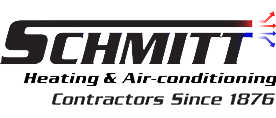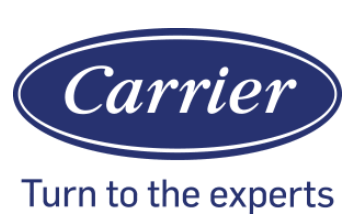Signs Your Commercial HVAC System Needs an Update
San Francisco’s bustling business environment relies heavily on maintaining a comfortable space for employees and customers alike. As seasons change, the demand on your commercial HVAC system fluctuates, exposing signs that it may be time for an upgrade or a complete replacement. Recognizing these signs early can save businesses from increased operational costs, uncomfortable indoor environments, and potential shutdowns due to system failures.
Increased Energy Consumption and Utility Bills
A clear indicator that your commercial HVAC system might need an update is a noticeable increase in energy consumption and utility bills without a corresponding increase in usage or operational hours. HVAC systems become less efficient over time, especially if not maintained properly, leading to higher energy costs for businesses. Regular energy audits can help pinpoint whether your HVAC system is the culprit behind rising expenses.
Inconsistent Temperatures and Poor Air Quality
For businesses in San Francisco’s diverse climates, from the cooler, foggy conditions near the bay to the warmer, inland areas, maintaining consistent temperatures throughout your commercial space is crucial. An aging HVAC system might struggle with evenly distributing air, resulting in hot or cold spots. Additionally, indoor air quality can degrade over time with older systems, affecting the comfort and health of your occupants, a critical concern in spaces like hospitals, schools, and office buildings.
Frequent Breakdowns and Costly Repairs
As HVAC systems age, components wear out and become more prone to failure, leading to frequent breakdowns and costly repairs. For businesses, where every dollar counts, evaluating the cost-benefit of continuing to repair an old system versus investing in a new, more reliable, and efficient system is vital. The threshold often cited by experts suggests that if repair costs exceed 50% of the value of the system, replacement is a financially sound decision.
Advances in HVAC Technology
The HVAC industry is continuously evolving, with new technologies offering significant advantages in efficiency and functionality. Smart therapeutics, automation, and more energy-efficient designs can provide better control and reduce operational costs. San Francisco businesses looking to reduce their carbon footprint and take advantage of potential rebates and incentives for energy-efficient systems should consider upgrading to newer HVAC technologies.
Calculating Lifecycle Costs
Understanding the lifecycle costs of your commercial HVAC system can guide you through the decision to update. This includes evaluating the age of your system, maintenance history, repair costs, and energy consumption. Modern systems not only operate more efficiently but also offer advanced features that can improve the overall environment of your business space, contributing to employee productivity and customer satisfaction.
In conclusion, recognizing the signs that your commercial HVAC system needs an update is crucial for businesses aiming to maintain a comfortable, energy-efficient, and cost-effective environment. If you’re experiencing rising energy bills, inconsistent temperatures, frequent repairs, or are concerned about the age and efficiency of your system, considering an upgrade may be a prudent decision.
For a professional evaluation of your commercial HVAC system and to explore the best options for your business, contact Schmitt Heating & Air Conditioning today. Don’t let an outdated system impact your operational costs and comfort. Upgrade your HVAC system for improved efficiency, reliability, and peace of mind. Call us at (415) 689-7849 or fill out our online form to schedule a service or get a free instant quote. Our team of experts is ready to provide you with the highest quality solutions tailored to your specific needs and budget.



